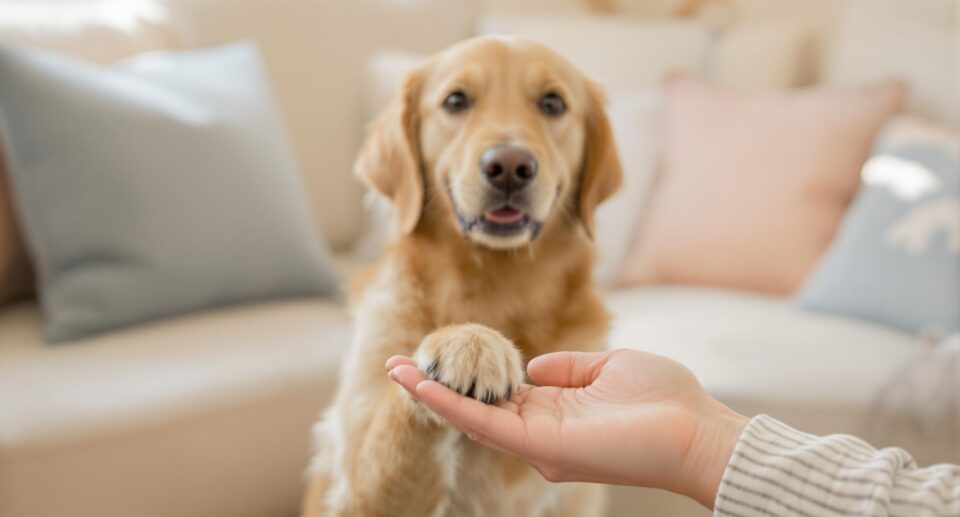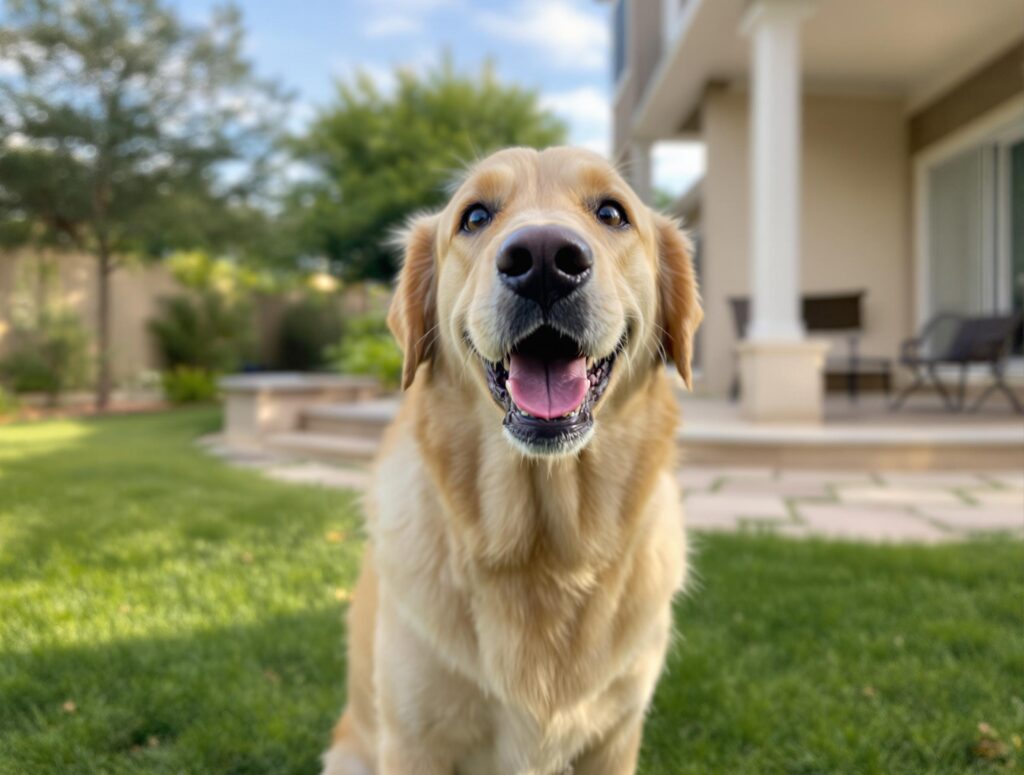
Key Takeaways
- Using positive reinforcement techniques when teaching tricks can help strengthen the bond between pets and their owners.
- Simple tricks like ‘Sit’ and ‘Shake Hands’ provide mental stimulation and build confidence in dogs.
- Regular training sessions using rewards effectively contribute to a dog’s mental and physical development.
Every wag, bark, and playful bounce from your dog is an opportunity to deepen your connection through training. In fact, studies show that positive reinforcement training creates stronger relationships between pets and their owners, making the process of teaching tricks to your dog both rewarding and meaningful. Whether you have a new puppy or an adult dog, simple commands can become special bonding moments that bring joy to you and your furry friend.
Teaching your dog tricks isn’t just about showing off cool moves. It’s a mental exercise that keeps their brain sharp, boosts their confidence, and gives them a sense of routine they look forward to. As a pet parent, once you get the hang of positive reinforcement (basically rewarding the good stuff!), your training sessions will become fun playtimes your dog can’t wait to participate in.
At PetHealthMD, we firmly believe that well-trained dogs and happy owners go hand in hand. That’s why we’re excited to walk alongside you through each training step with friendly advice that works in real life.
How to Set Your Dog Up for Successful Training
Setting up your dog for success starts with finding their perfect learning zone. Pick a quiet corner at home where your pup can focus without distractions. Once they’ve got the basics down, you can gradually take the show on the road, practicing in different rooms and eventually outdoors.
Here are a few tips to help. For supportive products, explore categories like Dog Training Aids, Dog Treats, and Dog Toys:
- Keep sessions short and fun. Aim for 3–5 minutes with puppies and up to 10 minutes for adult dogs.
- Use clear verbal cues paired with simple hand signals.
- Mark the exact moment your dog gets it right with a “yes!” or a clicker.
- End with a mastered command to boost confidence.

4 Easy Tricks to Teach Your Dog at Home
These beginner-friendly tricks require no special equipment and work for dogs of all ages.
“Sit”
- Hold a treat near your dog’s nose.
- Raise it slowly above their head.
- Reward when they sit naturally.
“Shake Hands”
- Ask your dog to sit.
- Show a treat in your closed hand.
- When they paw your hand, say “shake” and reward.
“Down”
- Start from a sit.
- Lower a treat to the floor.
- Slide it forward and reward when your dog lies down.
“Spin”
- Use a treat as a nose guide.
- Lead your dog in a small circle.
- Celebrate when they complete the turn.
With just a few minutes of practice each day, your dog will master these basic tricks. As your dog becomes more confident, learning more complex tricks becomes much easier.
5 Playful Tricks with Real-World Benefits
These playful activities combine entertainment with practical skills.
Hide and Seek
This fun game taps into natural tracking instincts and burns energy indoors.
Sweet Greetings
Teach gentle kisses using a dab of peanut butter and praise.
Indoor Adventure Course
Create tunnels and obstacles with household items to build coordination.
Tidy Time
Guide your dog to place toys into a basket, rewarding each step.
Friendly Gestures
Teach a charming paw-lift greeting perfect for social settings.
Frequently Asked Questions About Tricks and Positive Reinforcement
How does positive reinforcement benefit learning?
Positive reinforcement encourages your dog to repeat behaviors that earn rewards, making them eager and confident learners.
What’s the secret to perfect reward timing?
Timing is crucial. Reward the exact moment your dog performs the desired behavior so they clearly understand what they’re being rewarded for.
Which rewards work best besides treats?
Dogs may love toys, praise, playtime, or affection. Use whatever motivates your dog most.
How can I reduce treat-based rewards over time?
Gradually replace treats with praise, petting, or play. Keep treats available for challenging commands.
Can positive reinforcement help when my dog misbehaves?
Yes. Redirect unwanted behavior by teaching and rewarding an alternative action.
